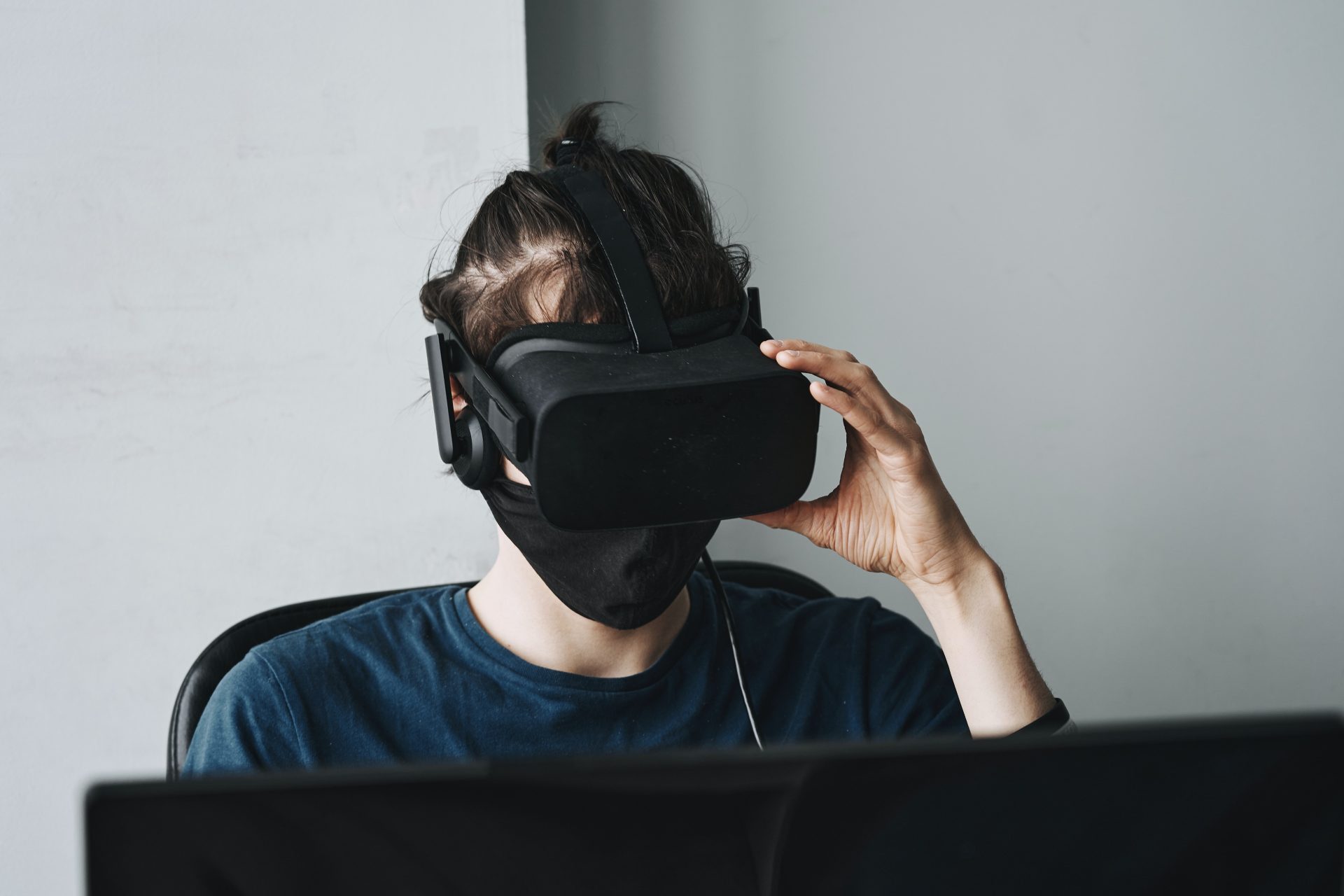In today’s rapidly advancing technological landscape, emerging technologies like artificial intelligence (AI) and virtual reality (VR) are transforming various industries, including healthcare and therapy. One such innovation is the AI headset, a device that aims to bring the world to homebound elderly individuals. By creating immersive environments and leveraging AI technology, these headsets have the potential to revolutionize therapy treatments, enhance well-being, and provide unique experiences for seniors with mobility issues.
The Rise of AI Headsets in Therapy Treatments
AI headsets have gained significant traction in recent years, particularly in the field of therapy treatments. These headsets, developed by companies like MyndVR, offer lightweight and immersive experiences that allow users to engage in gamified environments. The goal is to help individuals relax, distract them from therapy sessions, and boost their mood by virtually experiencing activities they may no longer be physically capable of.
MyndVR: Bringing the World to Homebound Seniors
One notable company in the AI headset space is MyndVR. Founded in 2016, MyndVR focuses on creating connectivity through virtual spaces without outsourcing care to machines. Their lightweight VR headsets enable residents in assisted living homes or rehabilitation centers to explore 360-degree content, providing them with opportunities to virtually travel, attend Broadway shows, and relive experiences from their earlier lives.
Dave Rawlins, the Chief Operating Officer of MyndVR, emphasizes the company’s mission to bring the world to residents who may otherwise be confined within the four walls of their facilities. He explains that MyndVR aims to go beyond traditional therapy sessions by offering immersive experiences that enhance quality of life and emotional well-being.
Applications of AI Headsets in Therapy and Care
AI headsets have found applications in a variety of settings, including inpatient rehab centers, assisted living homes, hospice care, and home health environments. These headsets are used during the recovery phase of rehabilitation or in recreational rooms, where directors or caregivers can work with seniors to create personalized experiences.
Enhancing Quality of Life for Seniors
By using AI headsets, therapists and caregivers can tailor experiences to the specific needs and interests of each individual. For example, a senior who loved fishing in their younger years can now experience it virtually, providing a sense of joy and fulfillment. These immersive experiences can help combat loneliness, stimulate cognitive engagement, and improve overall quality of life for homebound elderly individuals.
Assisting Veterans with PTSD
MyndVR has also extended its services to veterans suffering from post-traumatic stress disorder (PTSD). Through collaborations with organizations like Bowlers to Veterans Link (BVL), MyndVR provides emotional comfort and cognitive engagement to veterans who have earned access to this technology. Virtual reality therapy has shown promising results in reducing PTSD symptoms and improving the well-being of veterans.
The Role of AI in Creating Immersive Environments
AI plays a crucial role in enhancing the performance and realism of the immersive environments created by AI headsets. By leveraging AI processing, these headsets can recreate concert experiences, live shows, and other activities within the virtual world. The integration of AI technology opens up possibilities for homebound seniors to interact with family members or friends in different facilities, engaging in shared virtual activities like fishing or gardening.
Connectivity and Companionship
The primary focus of AI headsets is to provide connectivity and companionship to seniors. Rather than relying solely on AI-generated avatars, MyndVR emphasizes the importance of connecting individuals outside the confines of their healthcare facilities. The goal is to create a bonding experience by enabling interactions with loved ones within the virtual space.
Dave Rawlins emphasizes that MyndVR’s approach prioritizes love, care, and compassion, ensuring that seniors’ care is not outsourced to machines. While AI can offer companionship and tools for seniors, the human touch remains essential in providing personalized care.
Research and Development
To further understand the impact of virtual reality on older adults, researchers are conducting studies on its effects on psychological well-being and attitudes toward new technologies. These studies aim to gather data on how AI headsets can improve the lives of homebound elderly individuals and inform future developments in the field.
The Future of AI Headsets for Homebound Elderly
As technology continues to evolve, the potential for AI headsets to transform the lives of homebound elderly individuals is immense. The combination of AI and VR technology opens up new possibilities for therapy treatments, social interaction, and overall well-being. With ongoing research and development, AI headsets are expected to become more accessible, user-friendly, and capable of creating even more immersive experiences.
Advancements in AI and VR Technology
Advancements in AI and VR technology will play a significant role in shaping the future of AI headsets. As AI algorithms become more sophisticated, the level of personalization and realism in virtual environments will continue to improve. Additionally, advancements in hardware, such as lighter and more comfortable headsets, will enhance user experience and make AI headsets more accessible to a wider range of individuals.
Expanding Applications
The applications of AI headsets are not limited to therapy treatments and care for the elderly. These devices hold immense potential in various industries, including education, entertainment, and training. AI headsets can be used to create immersive learning experiences, simulate real-world scenarios for training purposes, and provide interactive entertainment content.
See first source: Fox News
FAQ
Featured Image Credit: Maxim Tolchinskiy; Unsplash – Thank you!










